What Saltwater Fish Can Live in Freshwater? Top 10 List
Published: 15 Jun 2025
Many aquarium enthusiasts wonder if saltwater fish can thrive in freshwater tanks, but the truth is that not all species are adaptable. This confusion can lead to unhealthy fish, tank imbalances, or even death, frustrating beginners and seasoned hobbyists alike. Luckily, there are specific saltwater fish that can survive in freshwater conditions. This article will explore the top 10 fish that can make this transition.
Introduction
Wondering what saltwater fish can live in freshwater? Certain species possess remarkable adaptations that allow them to survive in both environments. These special fish, known as euryhaline species, have evolved sophisticated physiological mechanisms to maintain their internal salt and water balance regardless of the surrounding conditions. Here’s a comprehensive list of the top 10 saltwater fish that can live in freshwater and the unique traits that help them thrive.
1. Bull Shark (Carcharhinus leucas)
Bull sharks, the most famous saltwater fish capable of surviving in freshwater, have been found thousands of miles upriver in freshwater systems worldwide.
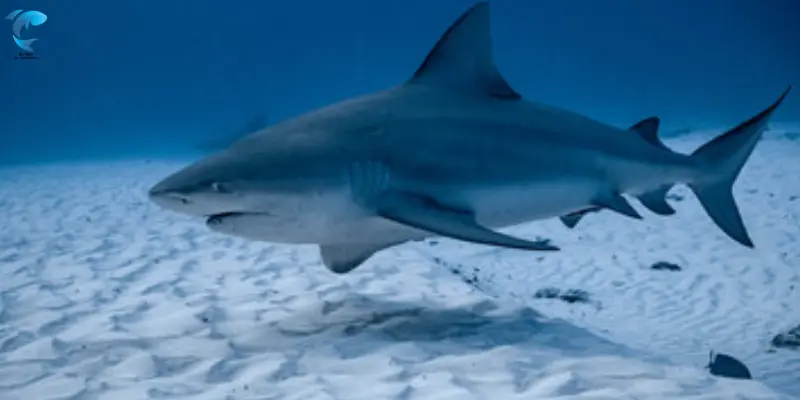
Adaptations
- A specialized rectal gland that can modulate salt excretion based on environmental needs
- Kidneys that produce large amounts of dilute urine when in freshwater to counteract the osmotic influx of water
- Gill cells that can shift from salt excretion to salt uptake when needed
- The liver adjusts urea production to maintain osmotic balance
- Modified liver density when in freshwater to compensate for buoyancy changes
Bull sharks can survive for extended periods in freshwater, though experimental evidence suggests a maximum of around four years in pure freshwater conditions. This is likely due to limited food availability rather than physiological limitations, Wikipedia.
2. Atlantic Salmon (Salmo salar)
Salmon are anadromous fish, hatching in freshwater before migrating to the ocean and returning to freshwater to spawn.
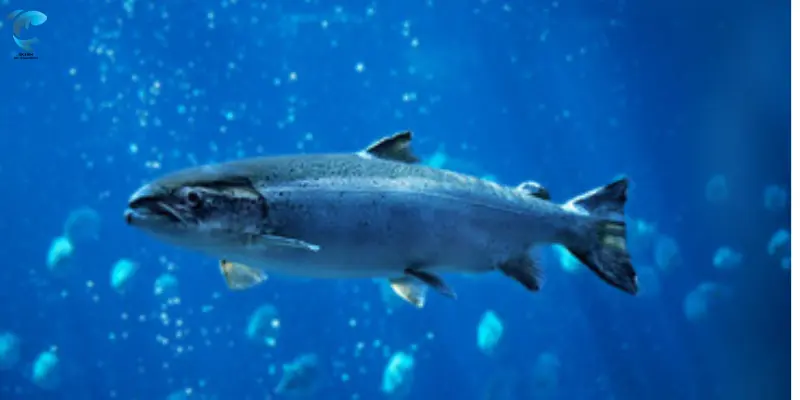
Adaptations
- Specialized Na+-Cl- ATPase enzyme pumps in gill cells that reverse function depending on the environment
- In saltwater, drink large amounts of water while producing minimal concentrated urine.
- In freshwater, reduce water consumption while producing large quantities of dilute urine
- Gradual acclimation in brackish water zones during transitions
- Hormonal regulation of osmoregulatory processes
- This complex osmoregulation system allows salmon to thrive in both environments at different stages of their lifecycle at the University of New Mexico.
3. American Eel (Anguilla rostrata)
Unlike salmon, American eels are catadromous fish—born in saltwater but spending most of their lives in freshwater before returning to the sea to spawn.
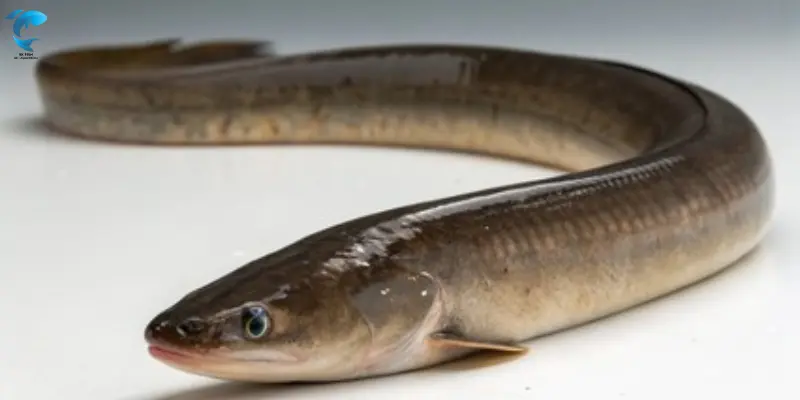
Adaptations:
- Specialized skin that reduces water permeability
- Efficient kidney function that produces dilute urine in freshwater
- Ability to absorb salt ions through specialized cells in the gills
- Complex hormonal regulation of osmoregulatory processes
- Gradual acclimation during migration periods
- American eels can live in freshwater for 10-25 years before migrating back to the Sargasso Sea to spawn Ocean Conservancy.
4. Striped Bass (Morone saxatilis)
These anadromous fish are born in freshwater, spend part of their early life in brackish water, and then move to the ocean as adults.
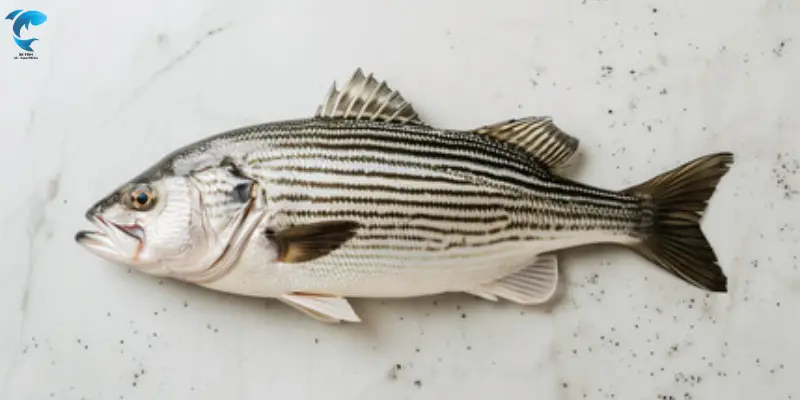
Adaptations:
- Efficient gill salt-handling mechanisms
- Highly adaptable kidney function
- Behavioral adaptation to seek appropriate salinity levels
- Physiological preparation before migration
- Ability to handle rapid salinity changes during tidal movements
- Striped bass naturally spend their adult lives in saltwater but can adapt entirely to freshwater environments, as evidenced by landlocked populations in reservoirs, Wikipedia.
5. Short-finned Molly (Poecilia sphenops)
These small livebearers are among the most adaptable species regarding salinity tolerance.
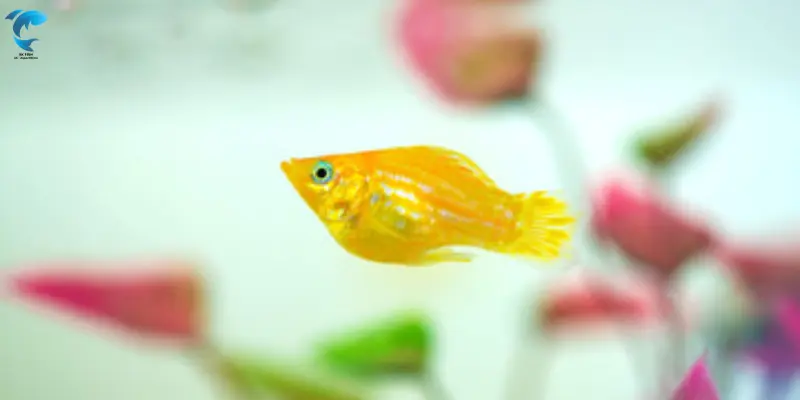
Adaptations:
- Rapid osmoregulatory response to changing salinity
- Specialized cells in gills that can quickly adjust ion transport
- Efficient kidney function that adapts to environmental conditions
- Ability to gradually transition between extreme environments
- Genetic adaptations that enhance survival in varying conditions
- Mollies can adapt from freshwater to fully marine conditions, making them popular as algae eaters in saltwater aquariums after acclimation Wikipedia.
6. Tilapia (Oreochromis species)
While typically considered freshwater fish, particular tilapia species possess remarkable salt tolerance.
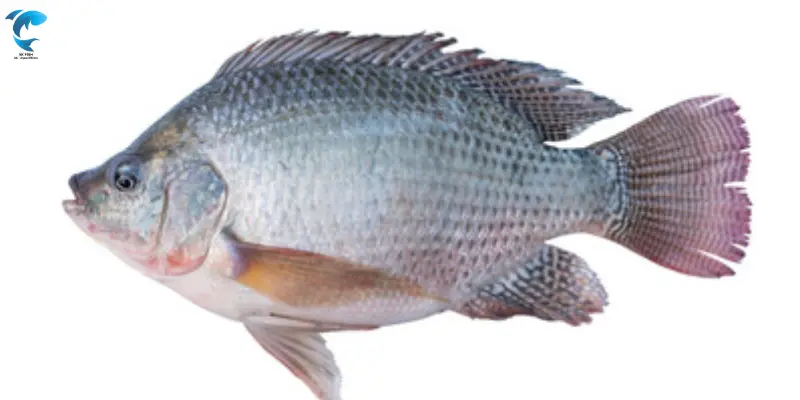
Adaptations:
- Specialized OSRE1 DNA sequences that enhance osmoregulation
- Efficient chloride cells in gills that regulate ion exchange
- Ability to modify drinking behavior based on environmental salinity
- Rapid kidney function adaptation to ecological conditions
- Advanced hormonal control of osmoregulatory processes
- Researchers have identified specific DNA sequences in tilapia that influence the expression of genes regulating the fish’s internal body chemistry in response to salinity stress UC Davis.
7. Mono Argentus (Monodactylus argenteus)
Also known as the Silver Moony, this brackish water species can adapt to fresh and marine environments.
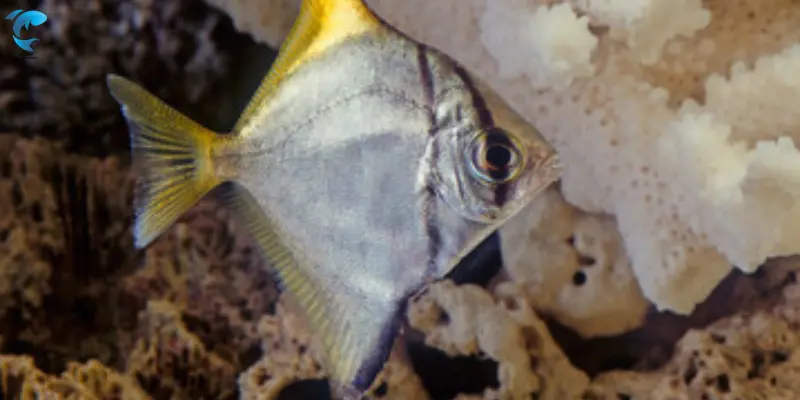
Adaptations:
- Specialized gill structure for efficient ion exchange
- Ability to gradually acclimate to changing salinity levels
- An efficient osmoregulatory system that adjusts to environmental conditions
- Selective drinking behavior based on ecological salinity
- Natural habitats include areas with fluctuating salinity.
- Young Mono Argentus can be kept in freshwater, but as they mature, they typically require brackish to marine conditions for optimal health. They’re naturally found in environments with fluctuating salinity levels. Aquarium Glaser.
8. Sheepshead Minnow (Cyprinodon variegatus)
These small but hardy fish demonstrate exceptional adaptability to salinity changes.
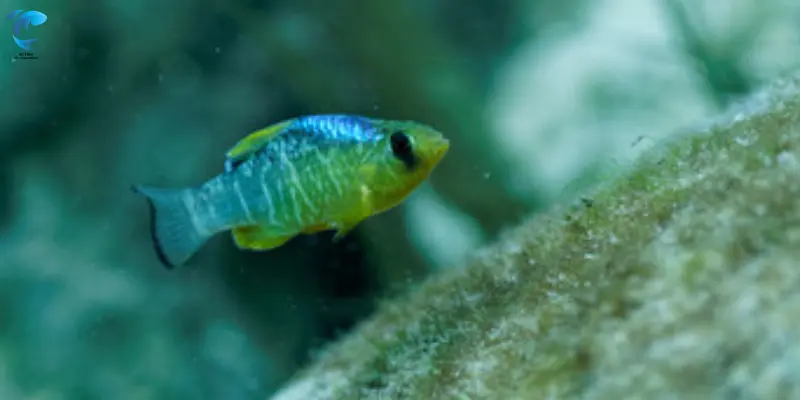
Adaptations:
- Extreme euryhaline capability, tolerating fresh to hypersaline conditions
- Efficient chloride cells in gills that rapidly adjust to salinity changes
- Specialized kidney function that responds quickly to environmental changes
- Ability to survive in oxygen-poor environments
- Natural habitats include coastal areas with variable salinity.
- Sheepshead minnows can live in conditions ranging from freshwater to hypersaline environments with salinity higher than seawater, making them one of the most adaptable species in Texas Parks and Wildlife.
9. Tarpon (Megalops atlanticus)
These large, impressive game fish possess specialized adaptations to venture into freshwater.
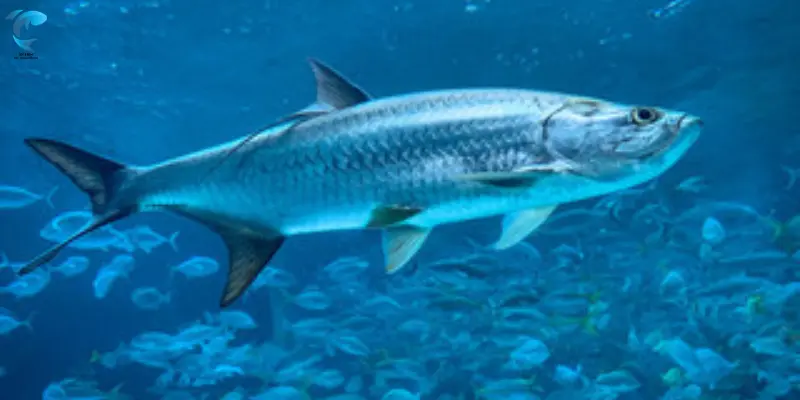
Adaptations:
- Ability to breathe atmospheric air using a modified swim bladder
- Specialized gill function that adjusts to different salinities
- An efficient osmoregulatory system
- Adaptation to survive in oxygen-poor waters
- Ancient lineage with evolved mechanisms for environmental flexibility
- Tarpons can spend significant time in freshwater environments, though they typically return to saltwater for spawning. Their ability to gulp air allows them to survive in oxygen-poor waters that would be lethal to most other fish, SCCF-RECON.
10. Common Snook (Centropomus undecimalis)
Snook are euryhaline predators that move freely between fresh and saltwater.

Adaptations:
- Efficient osmoregulation through specialized gill cells
- Ability to adjust kidney function based on environmental salinity
- Gradual acclimation during environmental transitions
- Hormonal regulation of salt balance
- Behavioral adaptation to seek appropriate salinity levels
- While snook are euryhaline and can live in freshwater, they must spawn in saltwater because their sperm can only activate in saline conditions UF/IFAS Extension.
How Fish Adapt Between Saltwater and Freshwater
These exceptional fish survive in saltwater and freshwater environments because of their advanced osmoregulatory capabilities. The fish face opposite challenges in these environments:
In Saltwater:
- Water tends to leave the fish’s body due to osmosis (internal salt concentration is lower than external)
- Fish must drink constantly to replace water loss.
- Excess salt must be actively excreted.
- Kidneys produce minimal, concentrated urine to conserve water.
In Freshwater:
- Water tends to enter the fish’s body through osmosis (internal salt concentration is higher than external)
- Fish must produce large amounts of dilute urine to eliminate excess water.
- Essential salts must be actively absorbed from the environment.
- Little to no water is consumed by drinking
- Fish like those on our list have evolved specialized mechanisms to adjust these processes based on their environment, Blogionik. The central adaptations include:
- Specialized Gill Cells: Chloride cells in gills can reverse function, either secreting or absorbing salt as needed.
- Kidney Function: The ability to rapidly adjust urine production and concentration.
- Drinking Behavior: Modifying water intake based on environmental salinity.
- Hormonal Control: Complex hormonal systems that regulate osmoregulatory processes.
- Specialized Glands: Additional organs (like the rectal gland in sharks) that assist with salt regulation.
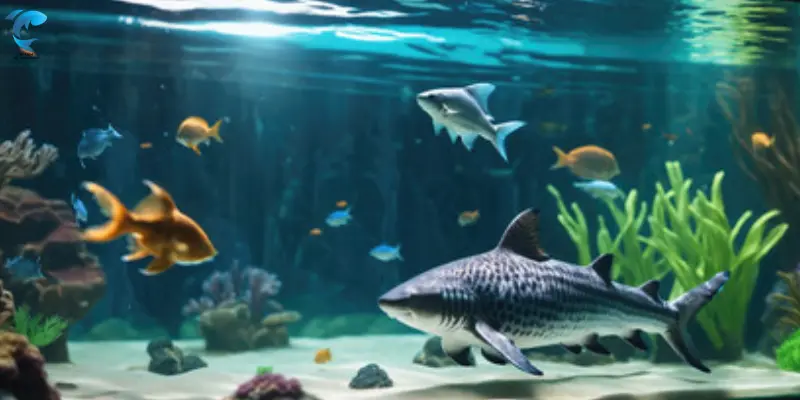
Types of Saltwater-Freshwater Adaptation
Fish that can live in both saltwater and freshwater fall into several categories:
Euryhaline Fish: Can tolerate a wide range of salinities by effectively regulating their internal salt concentration.
Anadromous Fish: Born in freshwater, migrate to saltwater to mature, and return to freshwater to spawn (e.g., salmon, striped bass).
Catadromous Fish: Born in saltwater, live most of their lives in freshwater, and return to saltwater to spawn (e.g., American eel).
Amphidromous Fish: Migrate between fresh and salt water, but not for breeding purposes.
Conclusion
The remarkable ability of these top 10 fish species to live in saltwater and freshwater demonstrates the incredible adaptability of life. These fish can maintain their internal balance regardless of external conditions through complex physiological mechanisms developed over millions of years of evolution.
This adaptability may become increasingly important as climate change affects the salinity of aquatic environments worldwide. Understanding the mechanisms these fish use to survive in varying conditions could provide valuable insights for conservation efforts and aquaculture practices in a changing world.
FAQs about What Saltwater Fish Can Live in Freshwater
Most saltwater fish are not suited for freshwater environments due to the significant differences in salinity. Saltwater fish are adapted to live in high-salinity water, while freshwater fish thrive in water with much lower salinity. However, a few species, like certain brackish water fish, can tolerate both salt and freshwater. It’s crucial to research each species’ specific needs before moving them into a freshwater tank.
Saltwater fish have specialized organs that help regulate the salt content in their bodies. When placed in freshwater, the lack of salt causes an imbalance in their systems, often leading to stress, illness, or even death. This difference in osmotic pressure, where water moves in and out of cells, can overwhelm a fish’s ability to maintain internal stability, resulting in harmful consequences for the fish.
While most saltwater fish cannot survive in freshwater for long, particular species can tolerate it temporarily or adapt over time. Fish like the mollies and specific species of gobies can live in saltwater and freshwater environments, as they are naturally found in brackish water, which is a mix of both. These species can be a good choice for hobbyists looking for a transition between the two water types.
Transitioning a saltwater fish to freshwater requires a careful approach. Start by gradually reducing the tank’s salinity so the fish can acclimate to the new environment. Sudden changes in water conditions can stress the fish and cause health problems. Monitoring the water quality (temperature, pH, and hardness) is also crucial to ensure the fish’s survival during the transition.
Placing a saltwater fish in freshwater can lead to several risks, including osmotic shock, when the fish’s cells absorb too much water. This can cause swelling and internal damage. Additionally, saltwater fish might not have the necessary adaptations to deal with the lower oxygen levels and different microbial environments found in freshwater. Stress and disease are common consequences if the transition isn’t managed carefully.

SK Fish is your trusted source for practical fish care tips and delicious seafood recipes. Our team is dedicated to providing reliable, well-researched content for fishing enthusiasts and home cooks alike.

- Be Respectful
- Stay Relevant
- Stay Positive
- True Feedback
- Encourage Discussion
- Avoid Spamming
- No Fake News
- Don't Copy-Paste
- No Personal Attacks



- Be Respectful
- Stay Relevant
- Stay Positive
- True Feedback
- Encourage Discussion
- Avoid Spamming
- No Fake News
- Don't Copy-Paste
- No Personal Attacks






